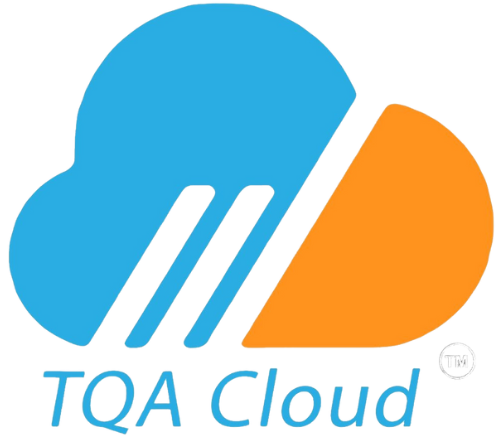How Do I Become ISO 9001 Compliant?
Achieving ISO 9001 compliance symbolizes a meticulous commitment to quality, showcasing an organization’s dedication to delivering excellence to both stakeholders and customers. As a universally recognized standard for Quality Management Systems (QMS), ISO 9001 outlines criteria aimed at organizational efficiency and customer satisfaction. But how exactly does an organization navigate through the journey to ISO 9001 compliance?
1. Comprehending ISO 9001
Understand the Standard: Dive deep into the clauses and requirements of ISO 9001 to comprehend its intent and applications.
Identify Organizational Impact: Gauge how ISO 9001 applies to your organization’s context, processes, and stakeholders.
2. Top Management Commitment
Leadership Involvement: Ensure leaders are actively involved, providing resources, and driving the QMS towards compliance.
Align with Strategic Objectives: Integrate ISO 9001 compliance strategies with the organization’s strategic objectives.
3. Establishing a QMS
Develop Processes: Outline processes, ensuring they are systematic and compliant with ISO 9001.
Document Control: Implement a robust document control system to manage records, policies, and procedures effectively.
4. Resource Management
Allocate Resources: Ensure appropriate resources, including personnel, infrastructure, and technology, are allocated to manage and maintain the QMS.
Employee Training: Engage staff in training programs to equip them with the necessary skills and knowledge related to ISO 9001.
5. Implementing the QMS
Deploy Processes: Implement outlined processes across the organization, ensuring consistency and alignment with ISO 9001.
Monitor & Measure: Employ mechanisms to track, measure, and analyze process performance against set quality objectives.
6. Internal Audits and Management Review
Conduct Internal Audits: Perform regular internal audits to assess the effectiveness of the QMS and identify areas for improvement.
Management Reviews: Organize periodic management reviews to evaluate the ongoing suitability and adequacy of the QMS.
7. Continuous Improvement
Identify Opportunities: Locate areas for improvement within the QMS through feedback, audits, and performance reviews.
Apply Corrective Actions: Implement corrective actions to address identified issues and prevent recurrence.
8. Certification Audit
Selection of Certification Body: Choose an accredited certification body to conduct the ISO 9001 audit.
Stage 1 and Stage 2 Audits: Navigate through the initial documentation review and the comprehensive audit to validate compliance.
Embarking on the journey to ISO 9001 compliance might seem daunting, but it’s a meticulously structured path towards consistent quality and organizational excellence. Achieving compliance not only propels your brand’s credibility but also fosters a culture focused on continuous improvement, customer satisfaction, and robust operational efficiency.
In the pursuit of compliance, organizations may find the need for tools and expertise that streamline the process. This is where we, at [Your Company Name], step in, offering our adept consultancy and innovative software solutions to navigate through your ISO 9001 compliance journey. Whether it’s developing a compliant QMS, preparing for audits, or ensuring continual improvement, our team and technology are geared to assist, ensuring your path towards ISO 9001 compliance is seamless and value-driven.
